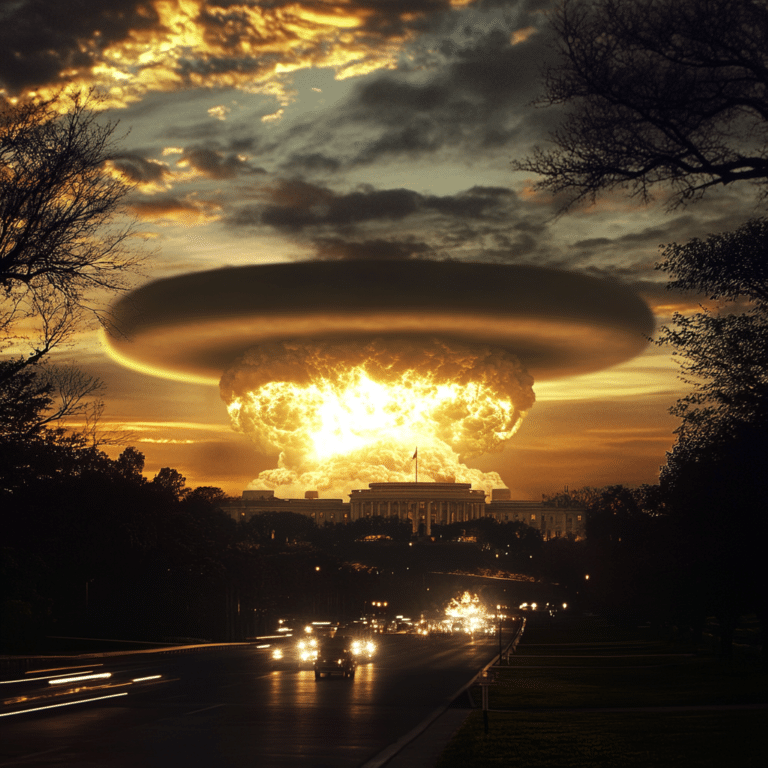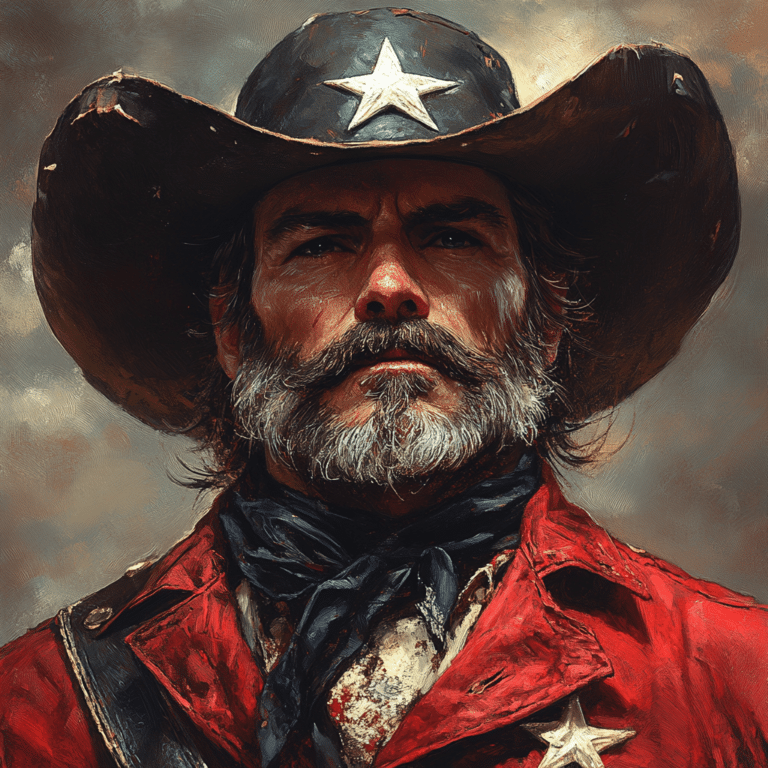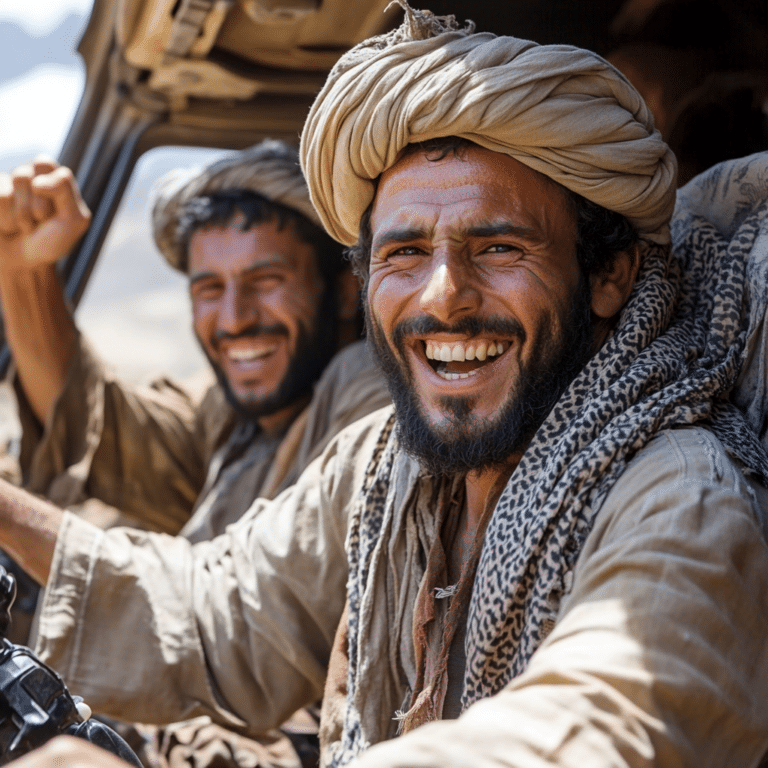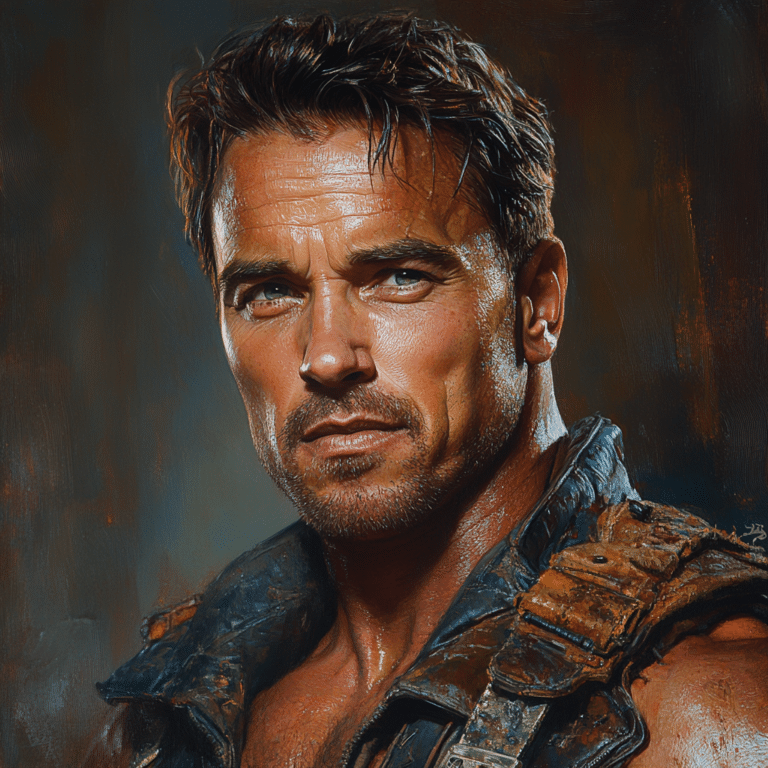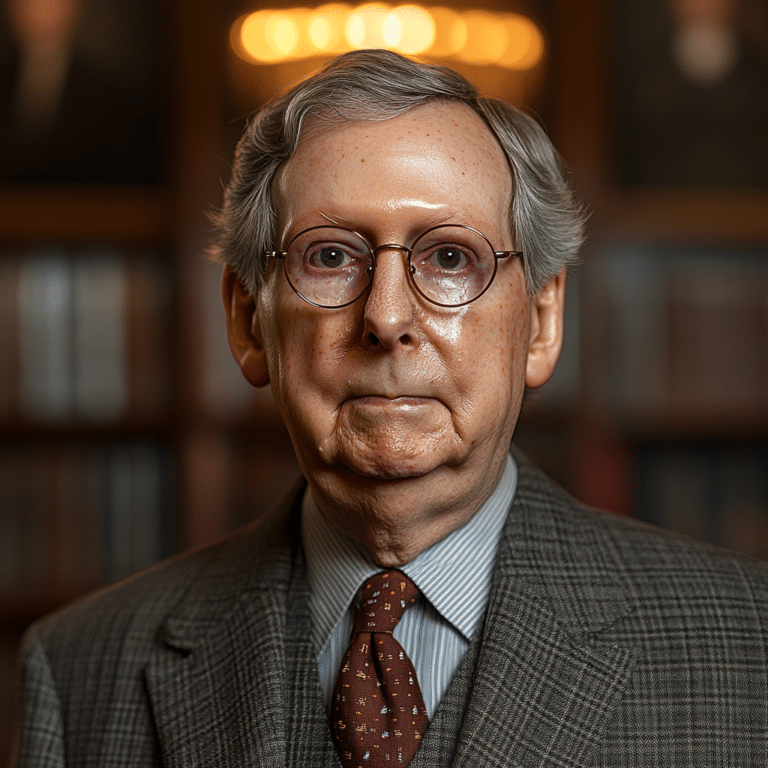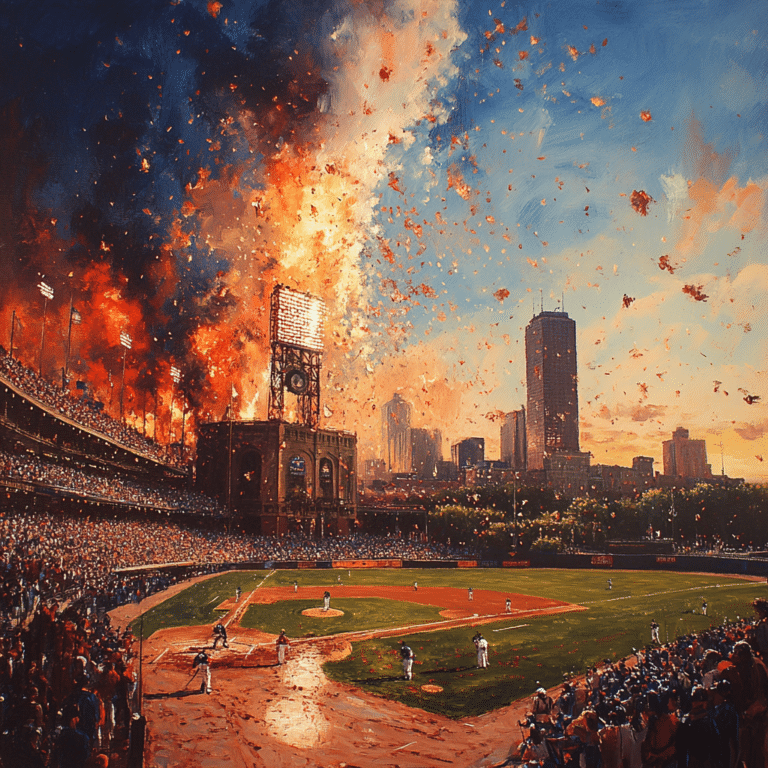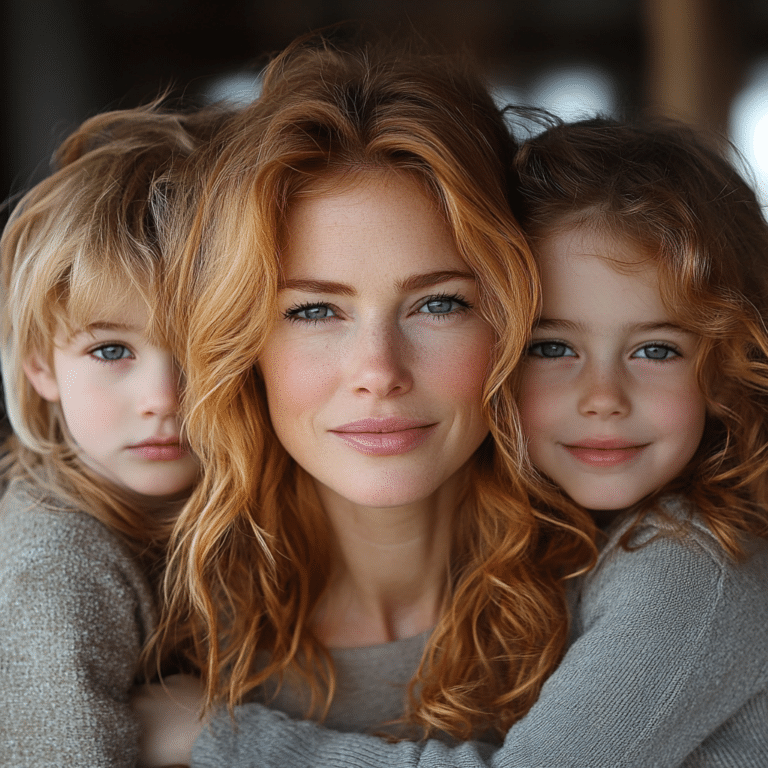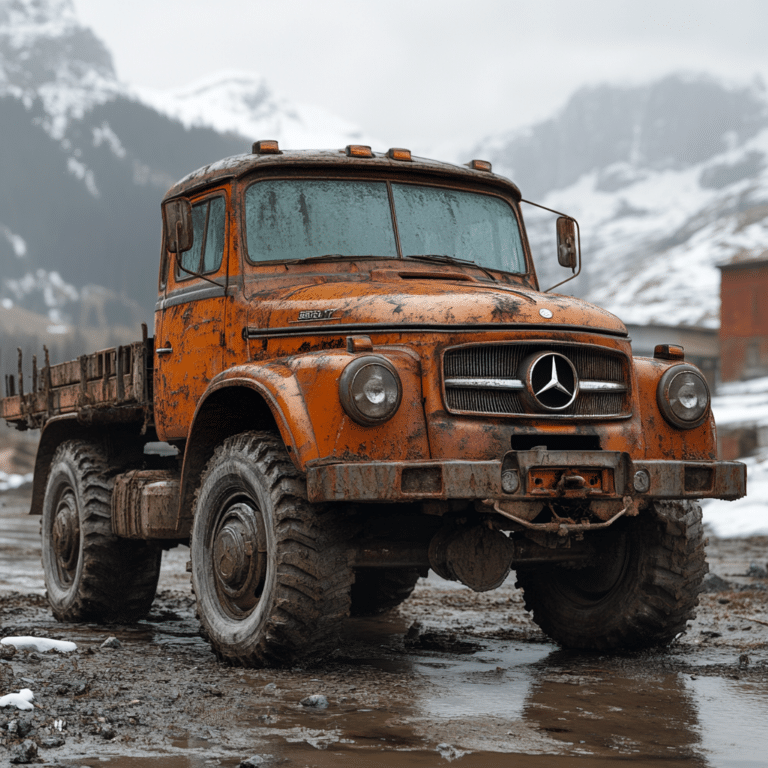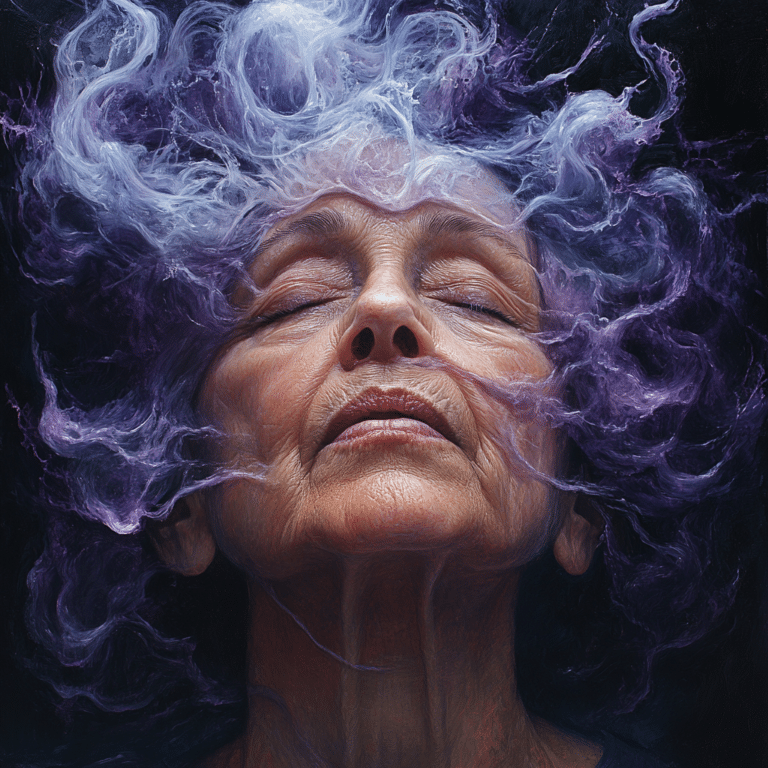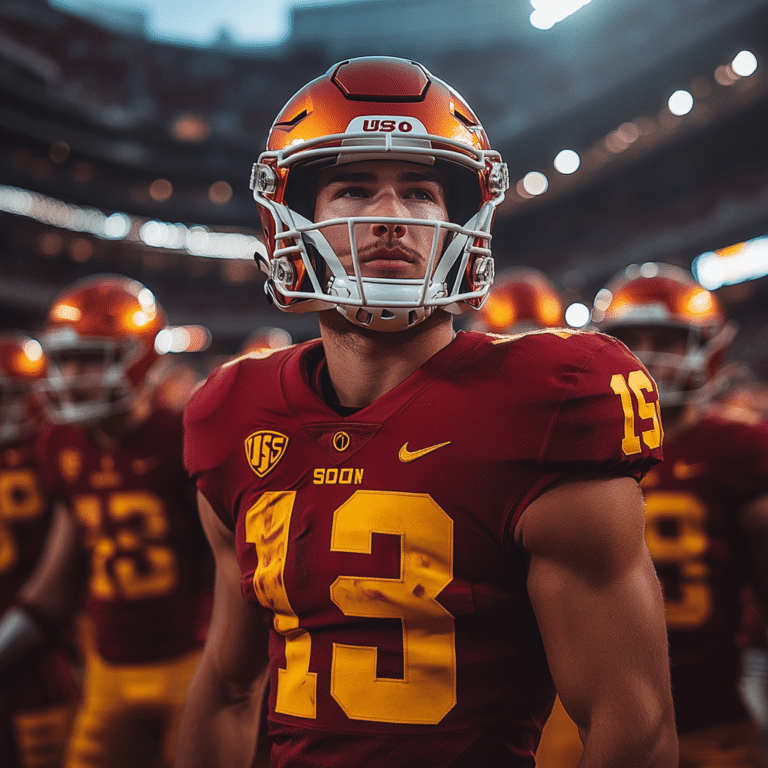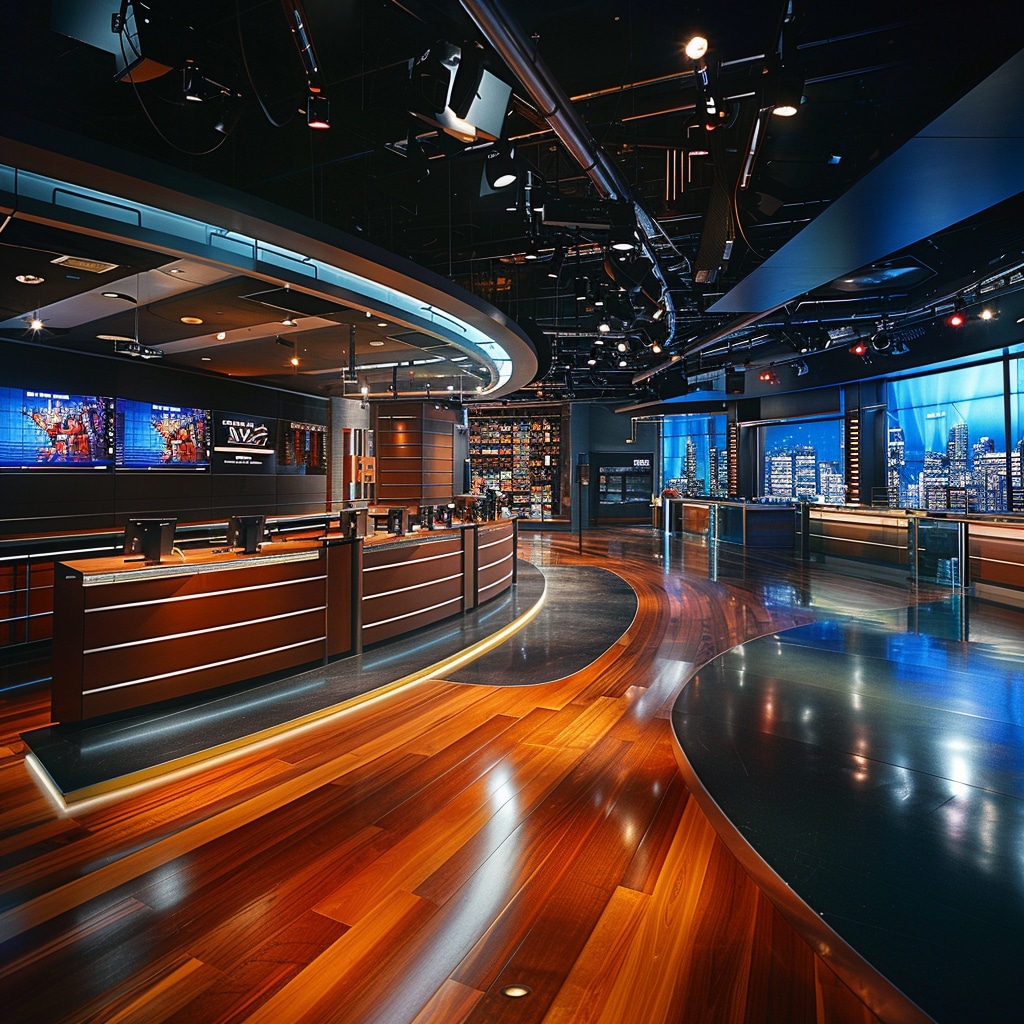1. Understanding the Mandalay Bay Shooting: A Brief Overview
The Mandalay Bay shooting remains etched in the fabric of American history. On October 1, 2017, Las Vegas experienced an unprecedented act of violence during the Route 91 Harvest Music Festival. A lone gunman unleashed a barrage of gunfire from a suite on the 32nd floor of the Mandalay Bay hotel, killing 60 innocent concertgoers and injuring over 800 others. This attack, the deadliest mass shooting in U.S. history, shook the nation to its core and raised urgent questions about public safety and the state of gun control laws.
In the aftermath of the Mandalay Bay shooting, discussions surrounding Second Amendment rights intensified. Conservatives rallied around a staunch defense of these rights, arguing that the solution does not lie in restricting law-abiding citizens but rather in addressing mental health issues, promoting responsible gun ownership, and enhancing security measures at public events. The tragedy highlighted the need for societal introspection, fostering debates that continue to resonate today.
From law enforcement to health services, the Las Vegas incident tested America’s readiness to respond to mass casualties. Many communities questioned whether they could protect their citizens from the threat of gun violence, igniting fiery discourse regarding the effectiveness of existing policies and enforcement. As we remember the Mandalay Bay shooting, it remains critical that we honor the victims by striving for genuine solutions that prioritize safety while upholding our constitutional freedoms.

2. The Rippling Effects of Mass Shootings: Lessons Learned
2.1 Improved Security Protocols at Public Events
Mass tragedies like the Mandalay Bay shooting have led to sweeping changes in security measures at public gatherings. Event organizers now recognize the importance of robust protocols to protect attendees. Major festivals, including the Circuit of the Americas country music festival in Austin, Texas, have stepped up their game with thorough screening processes, surveillance technology, and enhanced communication strategies with local law enforcement.
Attendees can thank the lessons learned from these events for the increased awareness surrounding their safety. Enhanced training for security personnel ensures preparedness in the face of potential threats. It’s the collective responsibility of organizers, law enforcement, and attendees to create an environment where safety is paramount while still allowing for the enjoyment of shared experiences.
2.2 Changes in Legislation
Following the Mandalay Bay shooting, states across the country turned their attention to firearm regulations. Nevada, for example, intensified discussions about gun control, reflecting a sense of urgency to prevent future tragedies. Meanwhile, states like Florida and California quickly passed stricter laws in response to violence gripping the nation.
While some see expanded regulations as essential for public safety, others view them as encroachments on individual freedoms. The debate remains heated, emphasized by recent events like the mass shooting in Maine, where local firearm laws also came under scrutiny. As discussions continue to unfold, the central question remains: how do we strike the right balance between protecting citizens and safeguarding constitutional rights?
3. Lessons from Recent Tragedies: The Maine Mass Shooting Crisis
3.1 Comparison with the Mass Shooting in Maine
Fast forward to October 2023, and the state of Maine faces its own dark chapter. The Lewiston shooting claimed 18 lives, evoking memories of the Mandalay Bay shooting, albeit with heightened awareness of mental health issues surrounding gun violence. Both tragedies call for a deep dive into the factors that contribute to mass shootings. Yet, they reveal stark differences in execution and societal response.
The mass shooting in Maine has sparked dialogues about the accessibility of mental health resources and the need for preventive measures. As Americans grapple with the psychological aftermath of such events, it becomes clear that a multifaceted approach is necessary to combat the epidemic of gun violence. Society must prioritize both safety and mental health, recognizing the vital importance of healing communities scarred by these horrific incidents.
3.2 Understanding the Lewiston Shooting Context
The Lewiston shooting unfolded against a backdrop of increasing unrest in the community. Local authorities pointed to a rise in isolated violent incidents, raising concerns about the overall health of the residents involved. More than ever, the shooting in Maine highlighted the importance of bridging gaps in mental health services and community outreach programs.
Grassroots initiatives in Maine sprang into action, demonstrating a collective commitment to healing and unity among the affected. Candlelight vigils and community counseling sessions emerged, fostering resilience amid grief. By addressing the root causes of such violence, we can promote understanding while pushing back against a culture of despair.

4. The Psychological Impacts of Mass Shootings
4.1 Survivors’ Stories: Healing from Trauma
The aftermath of the Mandalay Bay shooting left psychological scars on many survivors. Reports indicate that those present often deal with Post-Traumatic Stress Disorder (PTSD), anxiety, and depression. Organizations like the Vegas Strong Fund demonstrate a proactive approach to provide the necessary psychiatric care and coping strategies for those in need.
Survivors’ resilience is a testament to the healing power of community and support. With shared experiences, they find solace in knowing they are not alone. As they reclaim their lives and find ways to overcome trauma, the shared stories of survival become a source of inspiration for others.
4.2 The Lewiston Community: Coping Mechanisms and Community Resilience
The Lewiston community has also faced the arduous journey of healing following their recent tragedy. In the wake of the mass shooting Lewiston Maine, local organizations rallied to offer counseling, support, and solidarity to those affected. Grassroots initiatives emerged, focusing on empathy and understanding through collective grieving processes.
By engaging with the community, these initiatives foster outreach programs designed to create dialogue and promote awareness regarding mental health. The importance of addressing trauma in a supportive environment cannot be overstated, and the Lewiston community is taking significant strides to ensure that compassion prevails in their aftermath.
5. The Role of Media in Mass Shooting Narratives
5.1 Sensationalism vs. Responsible Reporting
The media plays a critical role in shaping narratives around incidents like the Mandalay Bay shooting. Sensationalism can take center stage, capturing attention but often veering away from responsible reporting. The challenge lies in presenting the facts while honoring the victims’ legacies.
Outlets dedicated to maintaining journalistic integrity take care to avoid glorifying perpetrators. By prioritizing the experiences of victims and survivors, media organizations create a more empathetic dialogue around these tragic events. It’s vital that coverage remains sensitive to the grief experienced by families and communities.
5.2 The Evolution of Coverage: From Mandalay Bay to Lewiston
As we transition from the coverage of the Mandalay Bay shooting to the more recent mass shooting Lewiston Maine, we notice a growing commitment among media outlets to adopt more responsible reporting standards. The discourse surrounding the dangers of “copycat” incidents has pushed organizations to rethink how they cover tragedies.
In 2023, media outlets take greater care in discussing the context of gun violence while emphasizing the importance of policies geared towards prevention. The conversation evolves, fostering an environment where informed discussions around mental health and gun access take precedence over sensational headlines.
6. Innovating for Safety: Technological Advances in Prevention
6.1 Smart Surveillance and Response Systems
The legacy of the Mandalay Bay shooting spurred significant advancements in public safety technology. Enhanced surveillance systems, equipped with AI-driven analytics, smart cameras, and real-time threat monitoring, are crucial for preemptive measures at public events. This technological evolution aims to prevent incidents before they escalate into tragedy.
Venues adopt these innovations to create safer environments for attendees while preserving personal freedoms. Security agencies work diligently to integrate these solutions effectively, ensuring that vigilance and foresight become fundamental aspects of public safety protocols.
6.2 What Future Events Hold
Events like the Super Bowl and large music festivals continue to adapt to advancements in security measures. Future occasions will likely see even greater integration of technology-driven solutions, reinforcing a commitment to protecting attendees. As we reflect on past tragedies like the Mandalay Bay shooting, it becomes clear that diligence and adaptability hold the key to fostering safer experiences for all.
The lessons learned from this heartbreaking event, paired with the more recent tragedies, form a guide for improving safety measures for all public gatherings. As we proactively assess vulnerabilities, we must remain committed to upholding our values while seeking ways to protect our communities.
The legacy of the Mandalay Bay shooting serves as a critical catalyst for ongoing policy change, technological innovation, and community resilience. Addressing challenges surrounding gun violence is not just a matter for lawmakers; it requires a collective commitment from every corner of society. As we work towards a future where tragedies become increasingly rare, let’s foster a culture of safety, empathy, and proactive measures that respect our freedoms while protecting lives.
Mandalay Bay Shooting: Tragic Loss and Fascinating Facts
A Dark Day in History
The Mandalay Bay shooting, which occurred on October 1, 2017, stands as one of the deadliest mass shootings in U.S. history, resulting in the tragic loss of 60 lives. In a grim twist, the shooter unleashed gunfire from his hotel room during the Route 91 Harvest Music Festival. This shocking event raised numerous questions about public safety and the need for enhanced security at large gatherings, similar to how a primary residence offers protection and shelter. After such a devastating incident, it’s clear that the urgency for safety measures is undeniable.
Human Element in Tragedy
Aside from the immediate heart-wrenching impact, the Mandalay Bay shooting also brought to light various stories of those affected. For instance, a remarkable act of heroism came from individuals who risked their lives to save others during the chaos. It’s a reminder that even amid despair, humanity shines through. Speaking of humanity’s resilience, take the case of Yolanda Saldivar, who gained notoriety in a tragic tale reminding us of the unpredictable paths some lives take. Similarly, the aftermath of the Mandalay Bay shooting varied for many, illustrating life’s unpredictability, as seen with figures like Richard Bull, who also faced life challenges in their own respects.
Remembering the Lives Lost
Revisiting the Mandalay Bay shooting provides us a chance to remember the victims and honor their memories. Events like these often spark conversations around mental health and gun control, prompting society to reflect and potentially reform. Just as the Houston Astros news brings updates that can change the game, discussions following such tragedies can impact future policies and societal norms. The ripples of this attack were felt even in pop culture, making us think differently about safety at gatherings, akin to how the Lone Ranger’s quests often highlight the need for vigilance and heroism in perilous situations.
Weaving through the threads of this tragedy reminds us all to cherish life and look out for one another. Each unsafe encounter reshapes our approach, and hopefully, knowledge gained today helps prevent similar events in the future. As we move on from remembrance, let’s carry these reflections with us, shaping societies where safety and community thrive far beyond the dark chapters like the Mandalay Bay shooting.
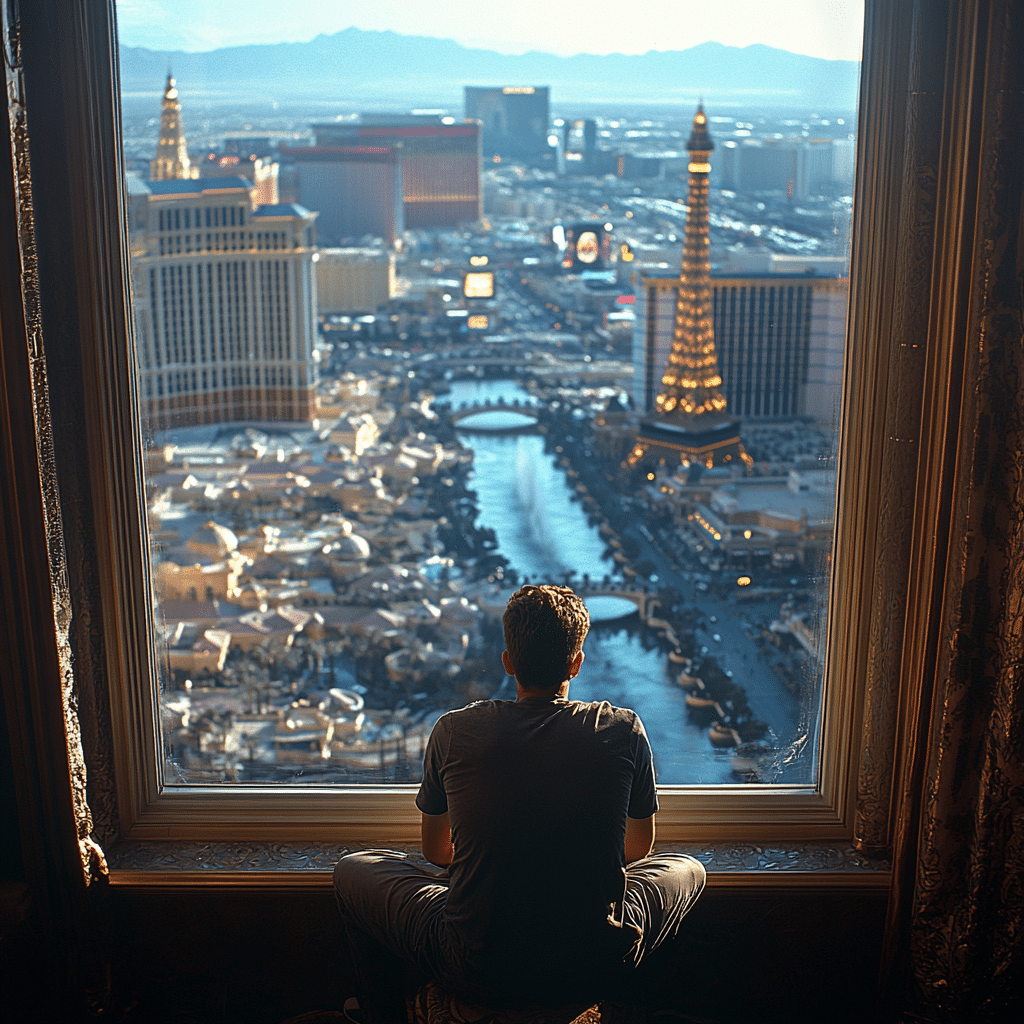
What happened in Las Vegas Mandalay Bay?
In October 2017, a lone gunman opened fire from a hotel room at Mandalay Bay during a music festival, killing 60 people and injuring around 867 others. This tragic event remains the deadliest mass shooting by a lone gunman in U.S. history.
What did Mandalay Bay used to be?
Mandalay Bay used to be the Hacienda Hotel and Casino before it was purchased and transformed by Circus Circus Enterprises in 1995.
What is Mandalay Bay best known for?
Mandalay Bay is best known for its luxurious accommodations, sprawling pool complex, and hosting major events, including concerts and conventions.
Why is the Mirage closing?
The Mirage is closing as part of a plan by its owner, Hard Rock International, to replace the hotel with a new guitar-shaped hotel and casino, aiming to revitalize the Las Vegas Strip.
Why is Mandalay famous?
Mandalay Bay is famous for its unique design, lavish resort amenities, and its association with the 2017 mass shooting, which drew worldwide attention to the property.
What hotel did they tear down in Vegas?
They tore down the Hacienda hotel in Las Vegas to make way for the Mandalay Bay Resort and Casino, which began construction in the mid-1990s.
What was going to be built across from Mandalay Bay?
Across from Mandalay Bay, there were plans to build a new resort and casino, but details about specific projects have changed over time.
What is the old name of Mandalay?
The old name of Mandalay is Hacienda, the previous hotel that stood on the site before its redevelopment.
What did Delano Las Vegas used to be?
Delano Las Vegas used to be the Hotel Suite, which was rebranded and renovated to cater to a more upscale market.
What happened to the Hacienda hotel in Las Vegas?
The Hacienda hotel in Las Vegas was demolished to pave the way for the construction of Mandalay Bay, marking a new era in that section of the Strip.
Did they rename Mandalay Bay?
Yes, Mandalay Bay was renamed from its original project name, which was intended to be Project Paradise.









